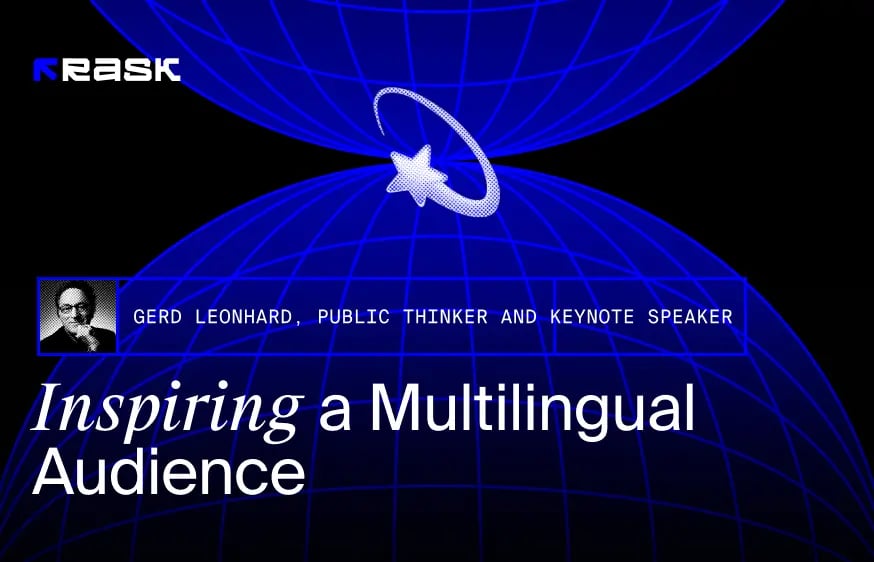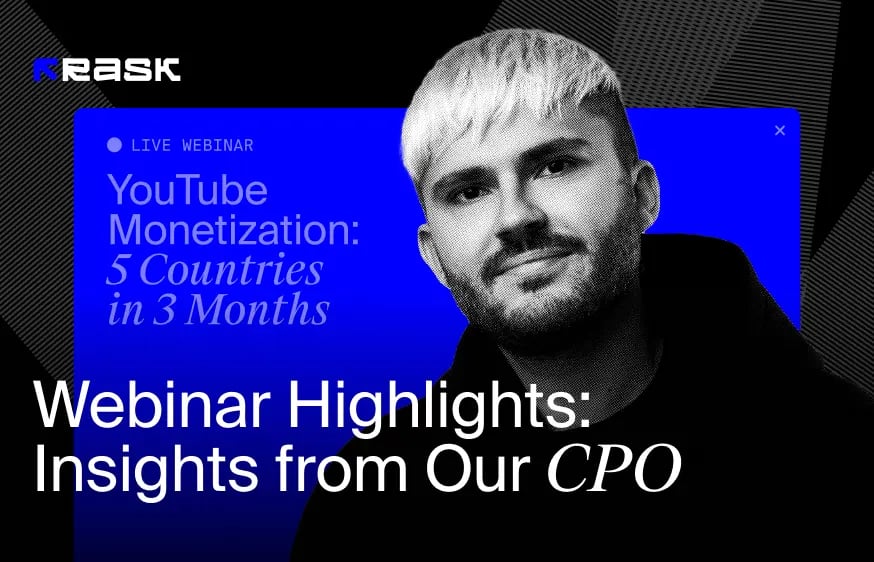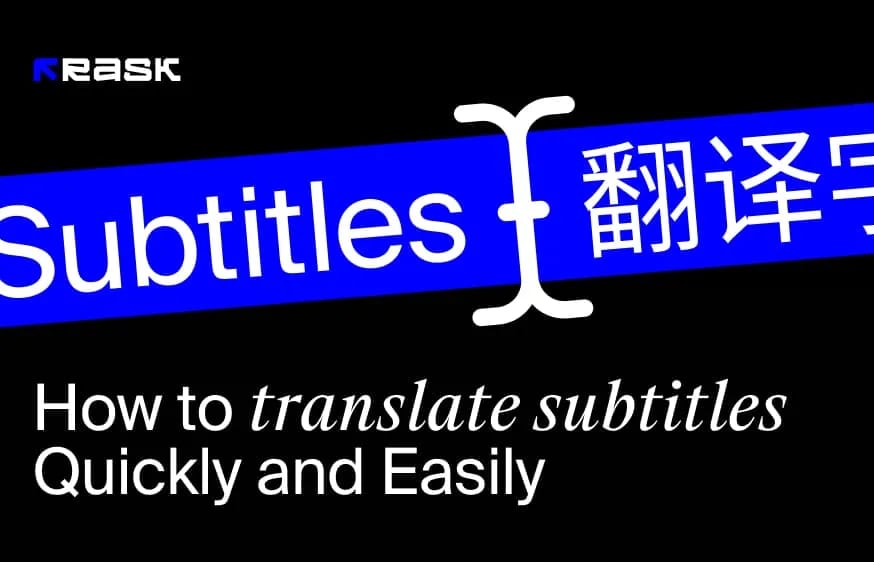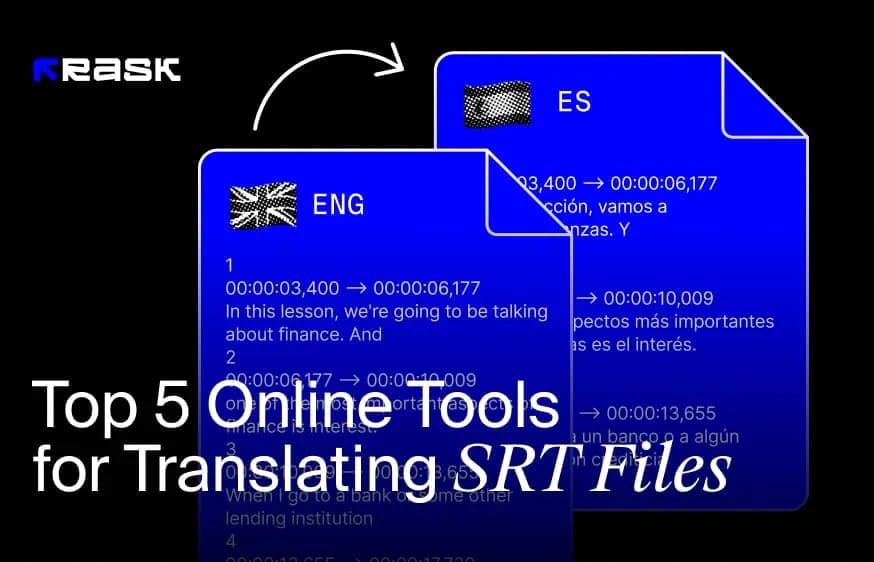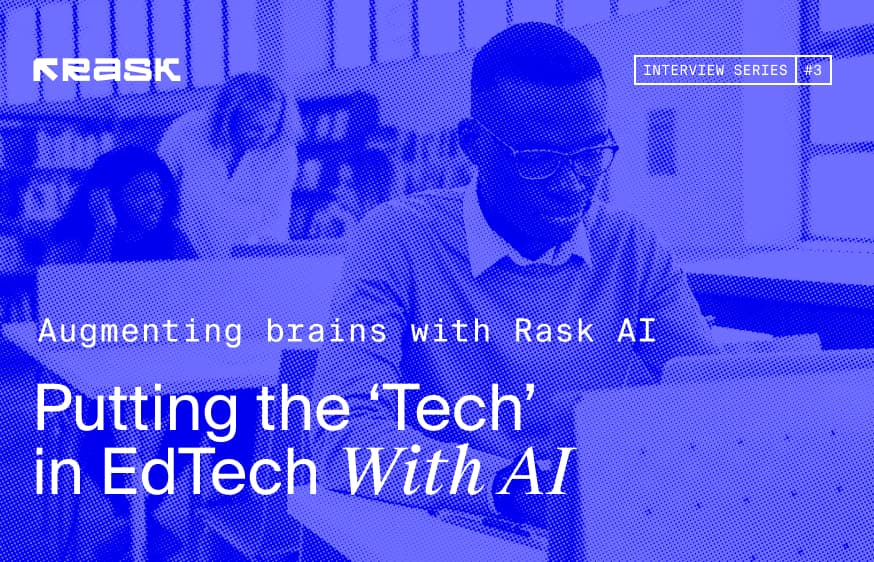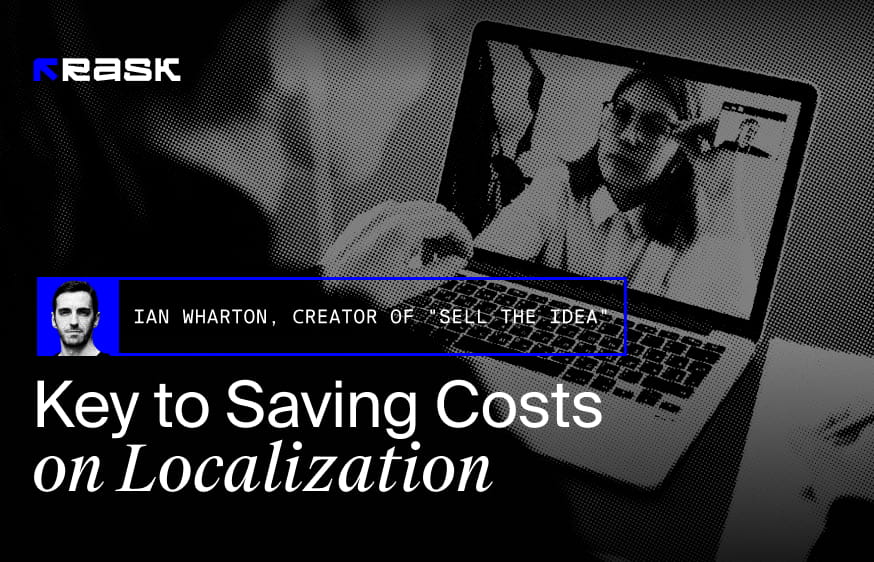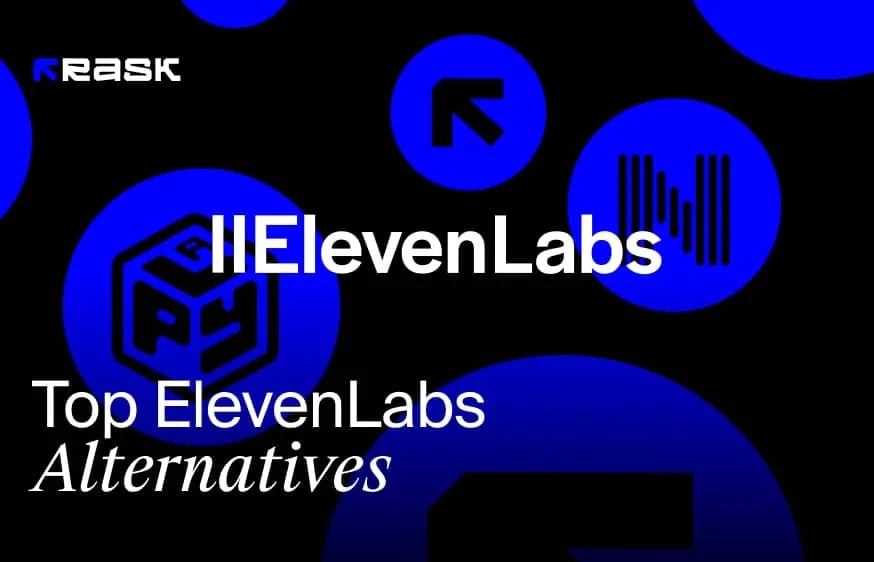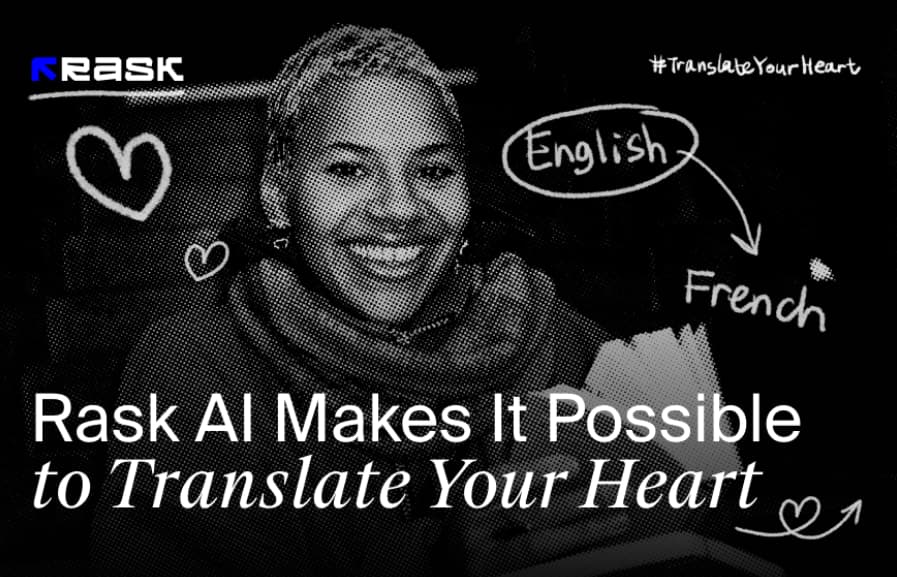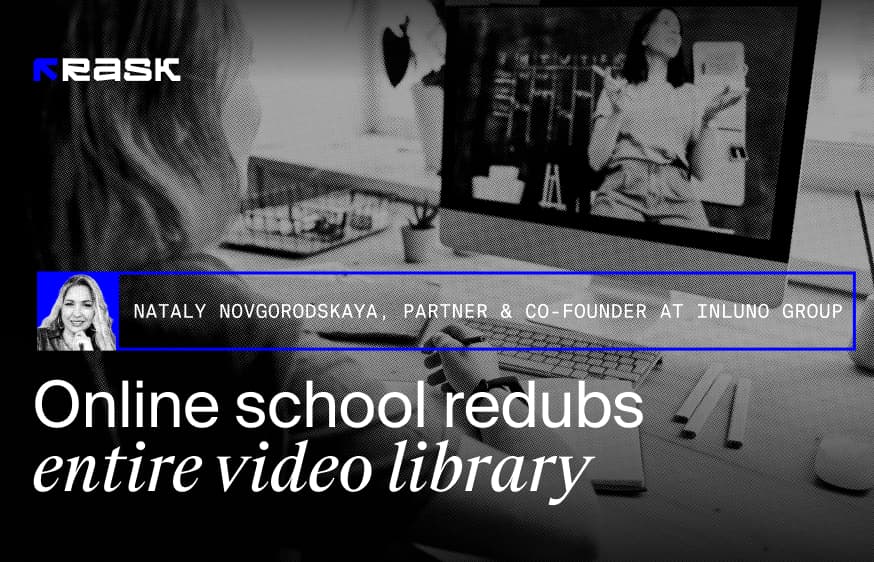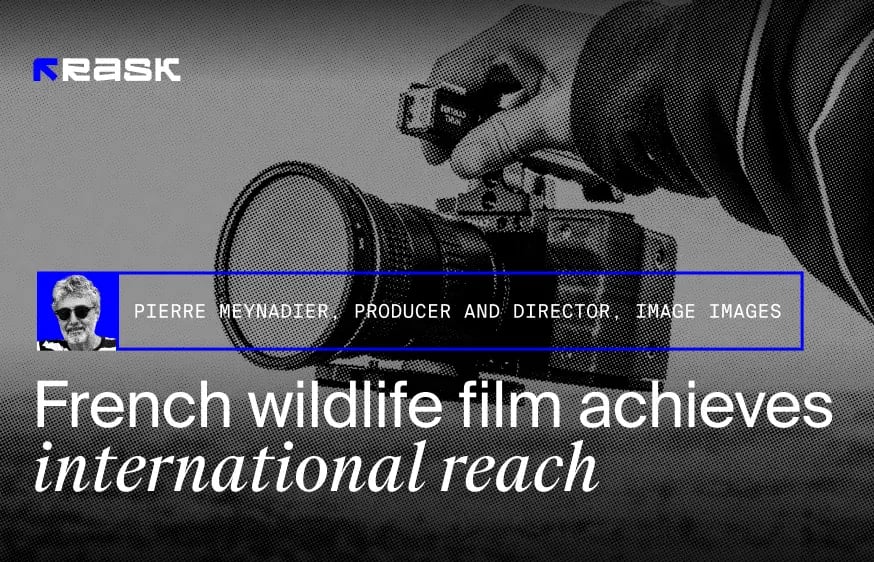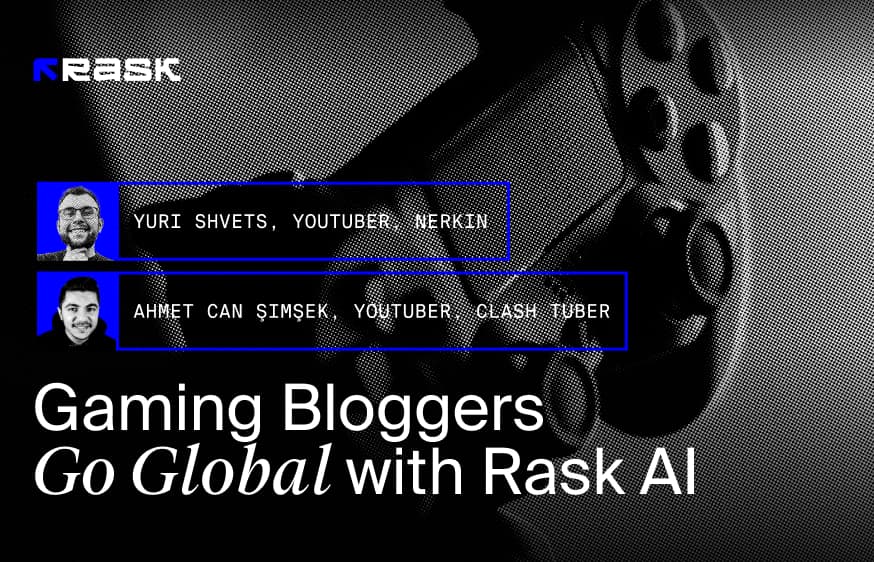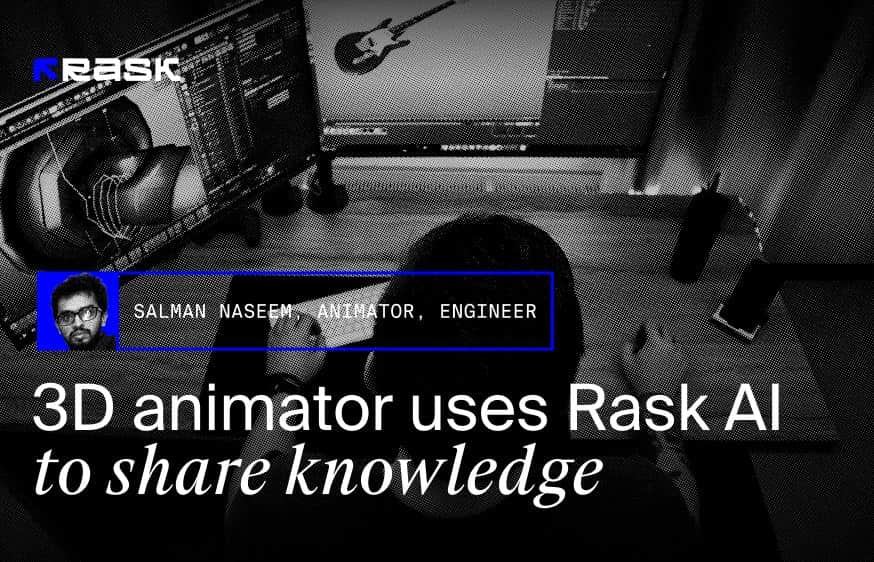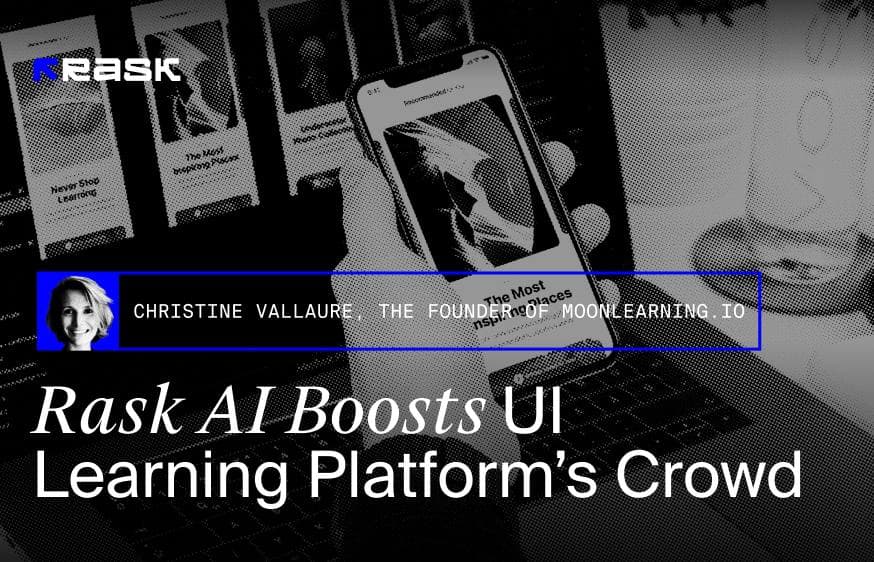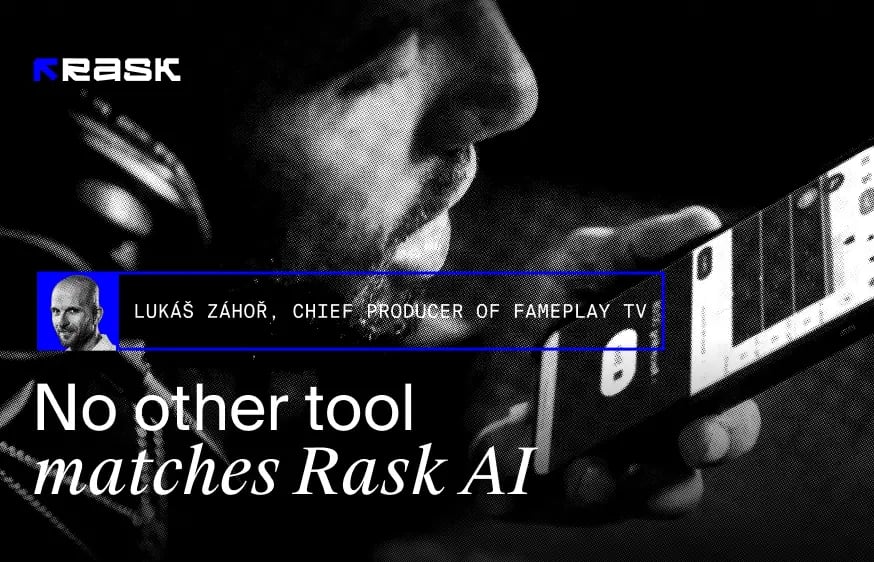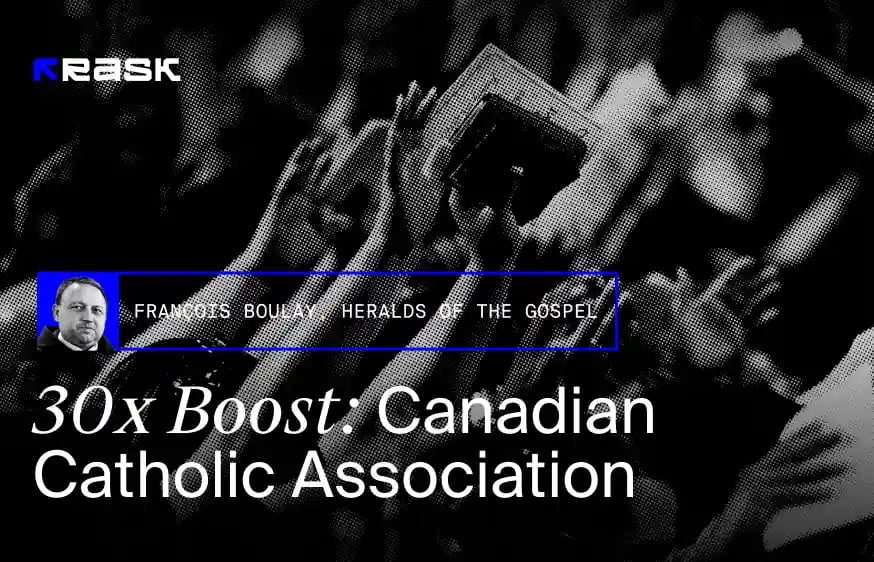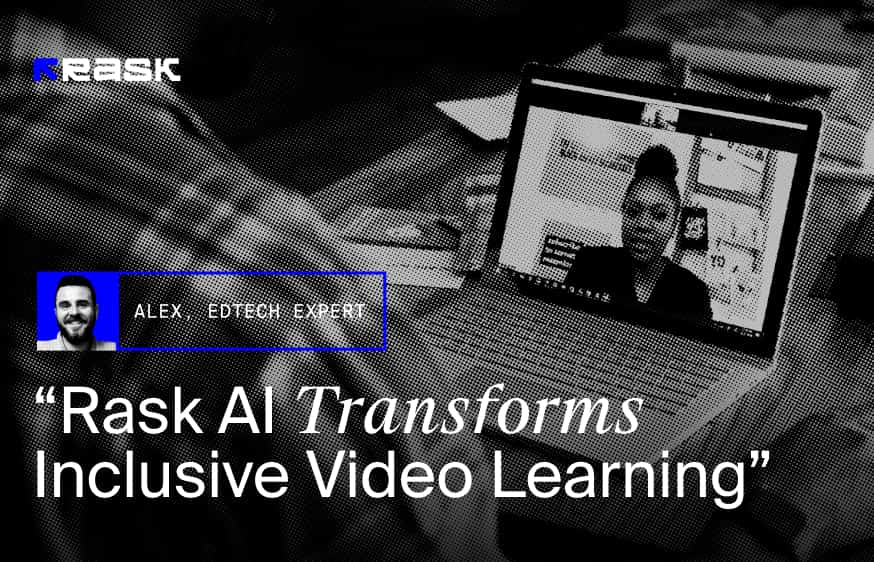VR Worlds today
VR universes are already revolutionizing digital storytelling, bringing more users into the medium to create new communities. But building up an audience, let alone a community for a VR world, is not easy due to many barriers, one of which is language.
We chatted with Georgy Molodtsov, founder and producer of Film XR, and learned how localization is helping him expand his international audience and build a stronger community within the existing one for his VR world.
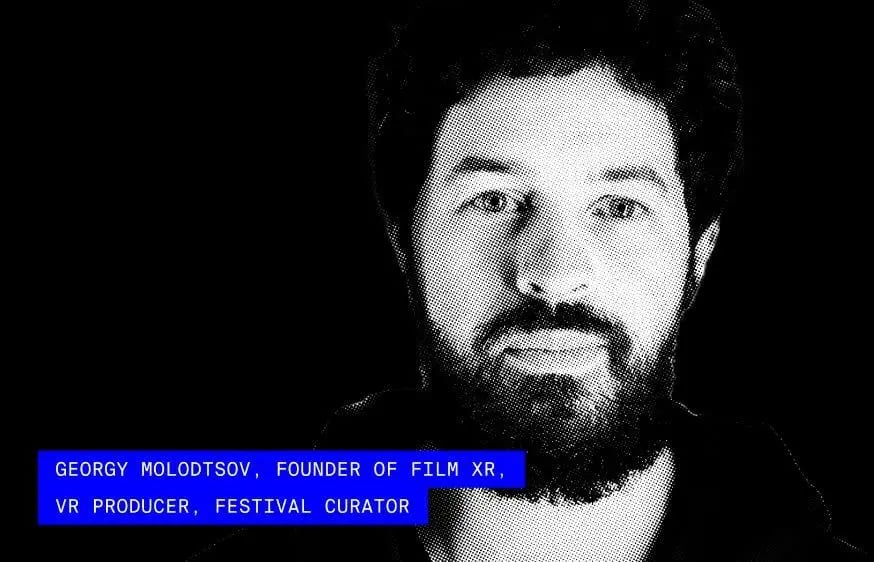
The client: Georgy Molodtsov, Founder of Film XR (“MormoVerse”, Best Immersive Narrative winner @ Raindance Immersive 2023, Tbilisi VR Days and more), XR director and producer at VRROOM (Webby Award winning, PGA nominated “OXYMORE”), festival curator.
Rask AI: Please tell us about your project.
Georgy: MormoVerse is a multi-platform project featuring Kitten Mormitten. This story started on a newspaper page thirty years ago by my father and has grown into an award-winning project with a VR game, an animated film, and a VRChat world.
Our VRChat experience is based on an animated film in five short episodes that take the user through a story, supported by a video player we built into the world.
The Challenge: Connecting with an existing audience
Rask AI: Why did you decide to localize “Kitten Mormitten”?
Georgy: So, we’ve created a “Kitten Mormitten” world on the VRChat social platform. Based on the data from the hosted videos inside the world, we noticed that we have quite a lot of visitors from Japan and Korea. Well, that wasn’t surprising given the number of tweets from Japan mentioning our world. It was clear that if we want to please our audience and establish stronger relations with them, it is worth trying to create an experience in their language.
Rask AI: What was the main challenge in localizing a VR project?
Georgy: Our world is primarily video-based, which means we needed to re-narrate and add subtitles for each audience’s language.
Localization in VR goes beyond just translating text, it involves adapting the narrative, audio, and interactive elements to preserve the original essence. Achieving synchrony between audio and visual components across languages is a major challenge.
Rask AI: So why did you choose Rask AI?
How Rask AI Brings Value
Rask AI: How did Rask AI impact the localization process?
Georgy: It streamlined the process significantly. By providing accurate translations and easy-to-use editing tools, Rask AI enabled us to focus on the creative aspects of localization, rather than getting bogged down in technicalities.
Rask AI: How have users reacted to the localized versions? Can you share any specific achievements of your localization efforts?
Georgy: Many VRChat worlds are monolingual. Creating multiple language versions helps to engage with a broader range of communities, turning them into a much stronger fan base for your project.
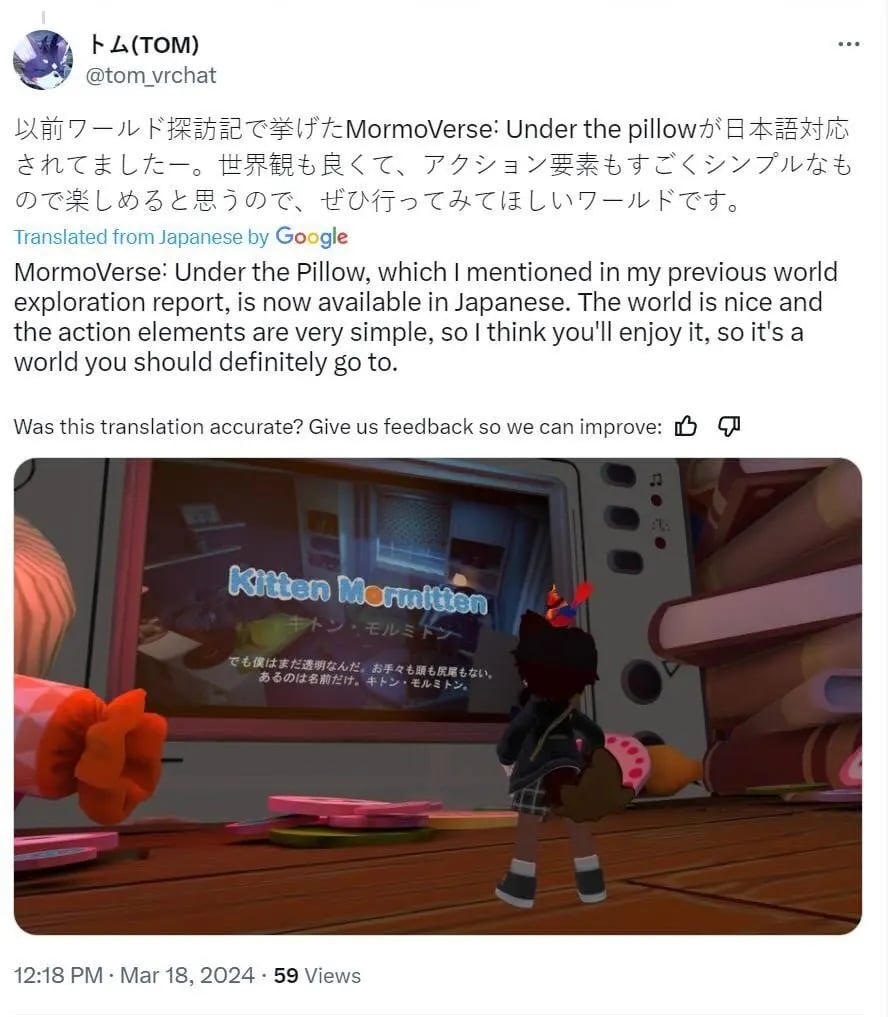
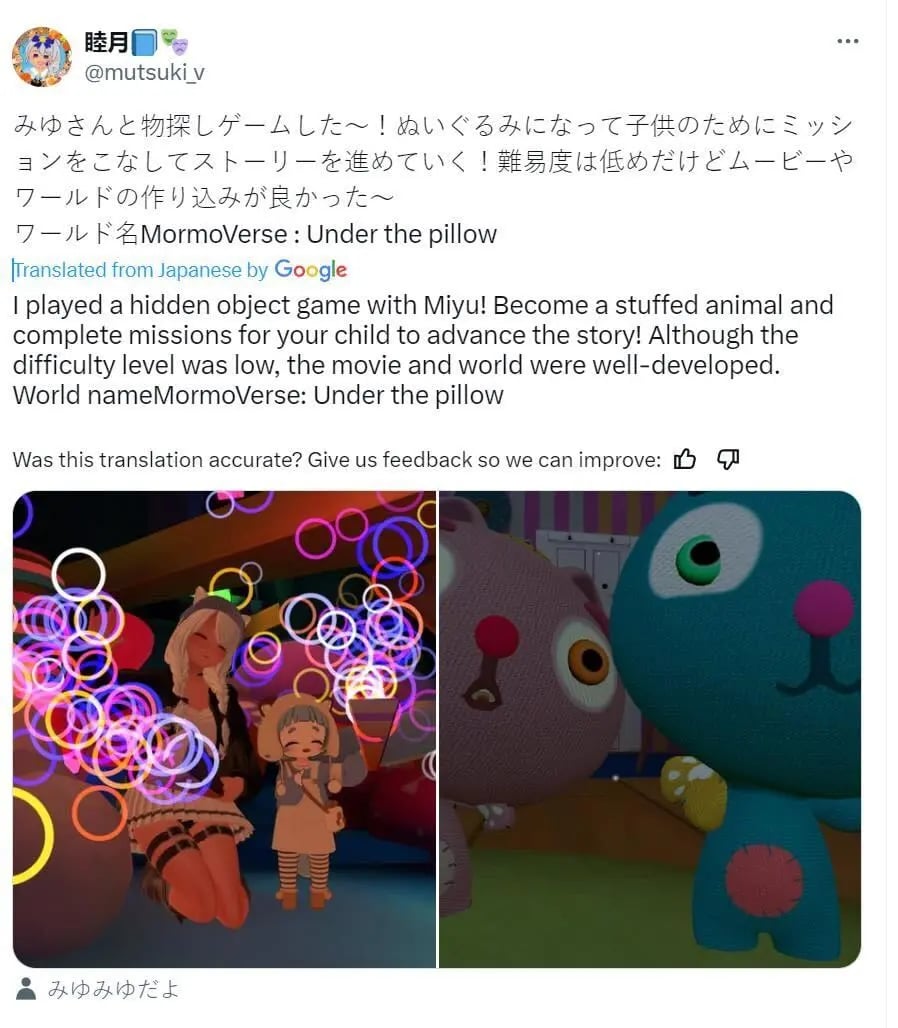
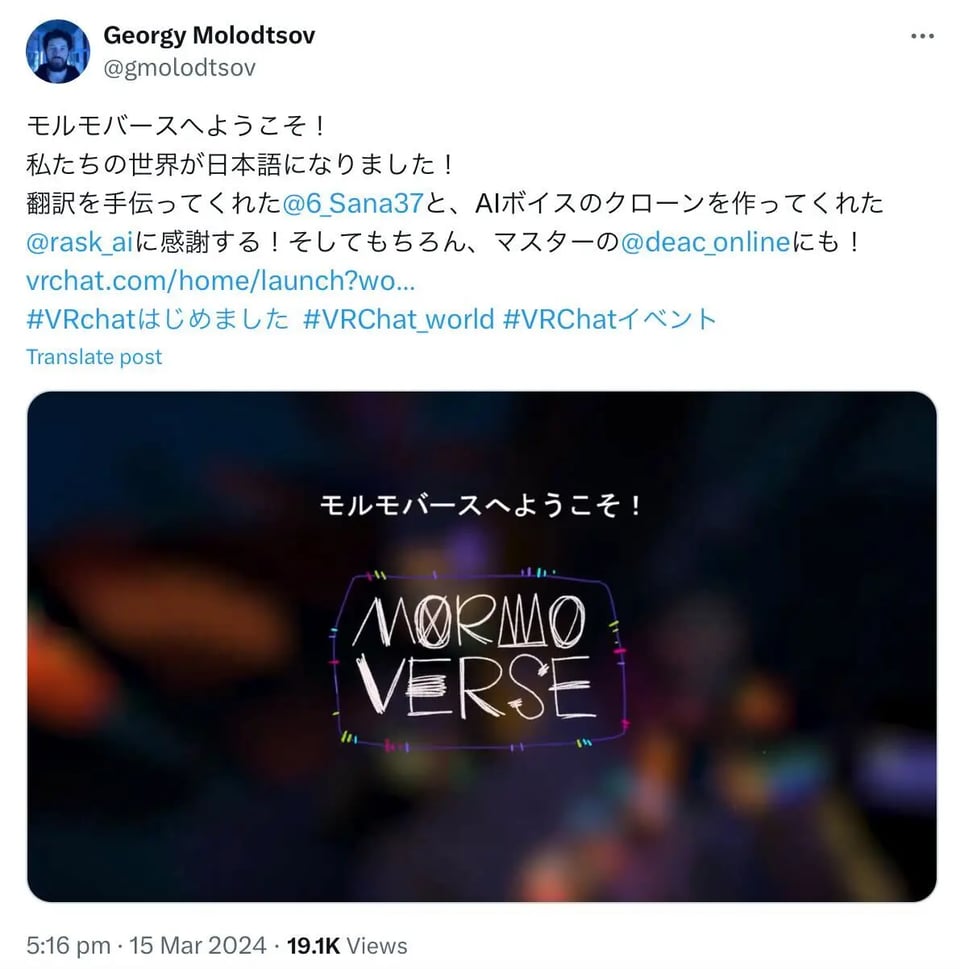

Future: Reaching Global Audience
Rask AI: What are your future localization plans?
Georgy: We're expanding our localization efforts to include more languages like French, Korean, and Spanish. With Rask AI we are planning to make MormoVerse accessible to a global audience making our VR experience universal.
Rask AI: What future application of Rask AI do you see in the VR industry?
Georgy: Apart from localizing the VR experience, I think XR Film Festivals might benefit from using Rask AI for short-term quick translations which they might need during their showcases. The quality of voice cloning will allow them to maintain the overall quality of the project while delivering it to a much wider audience.
Discover how Rask AI Platform can streamline your localization and repurposing needs!
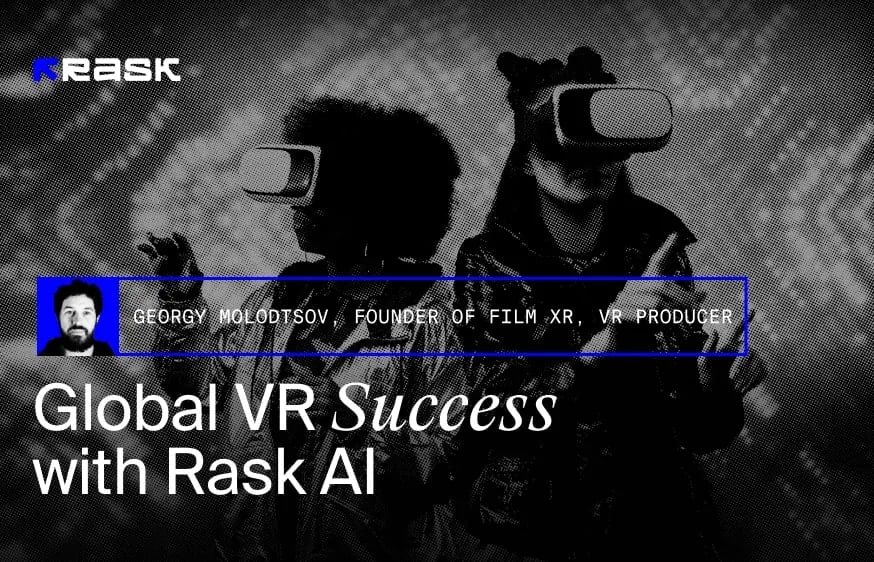


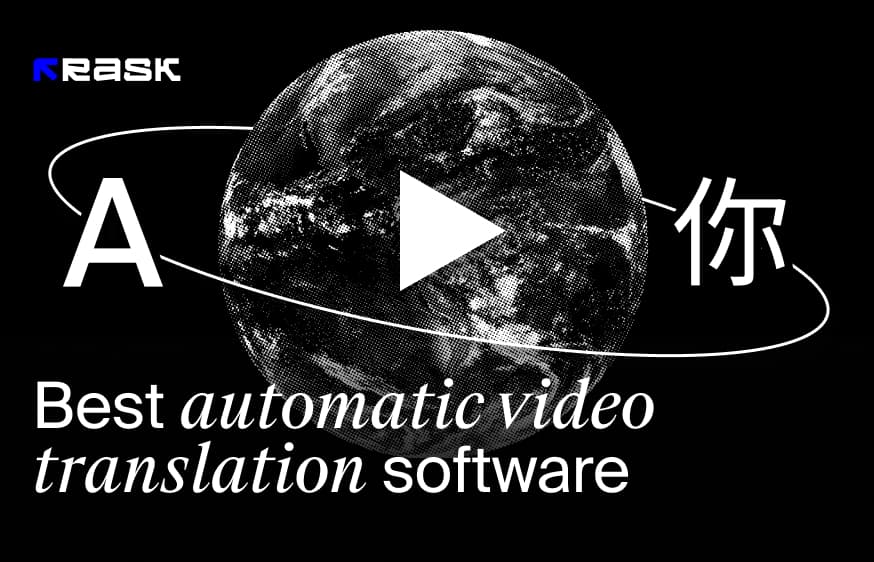
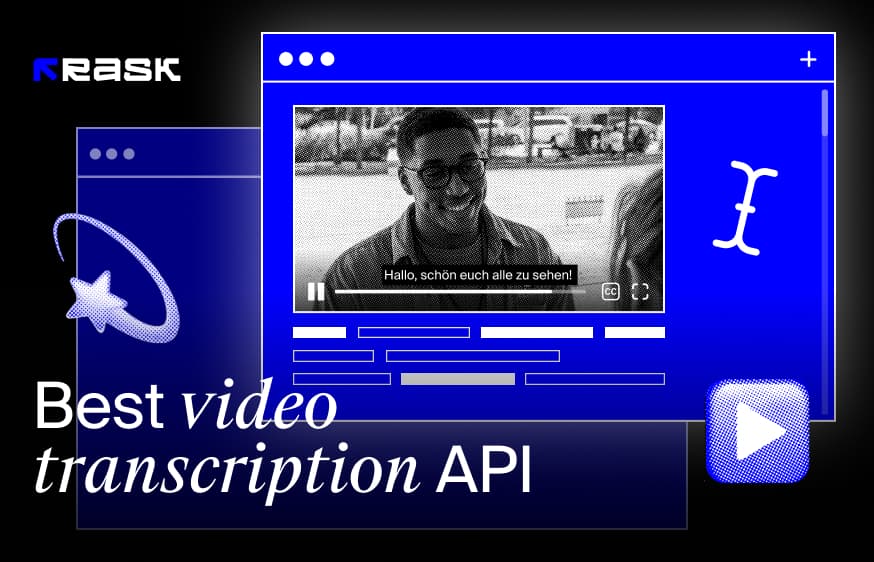
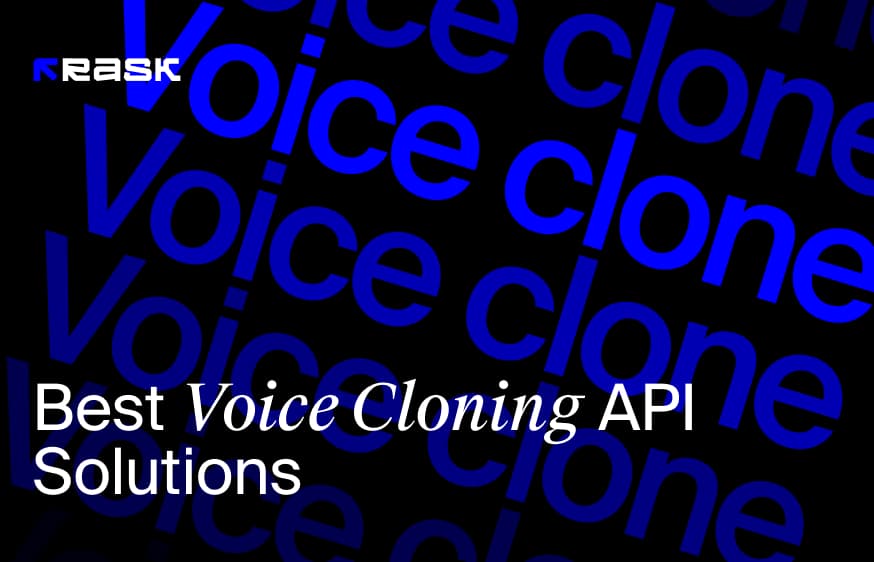
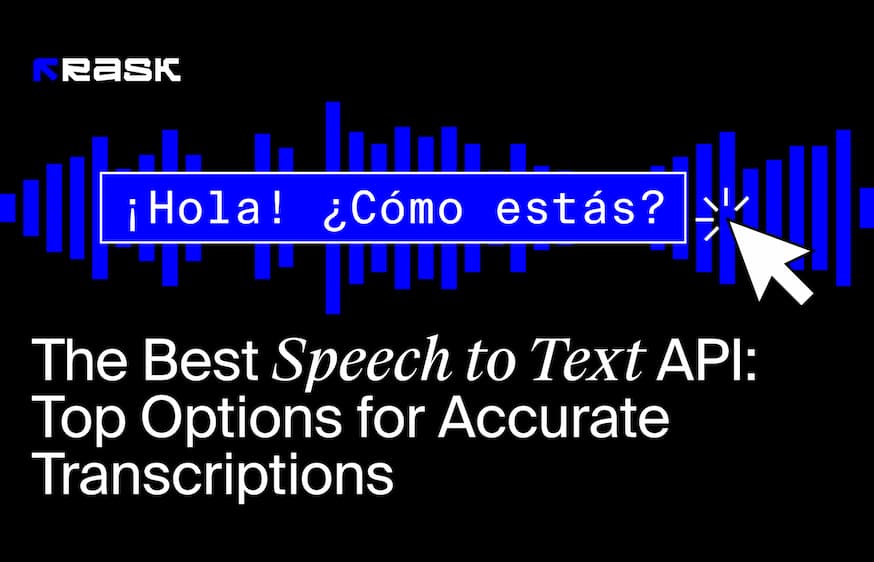

.jpg)
.webp)
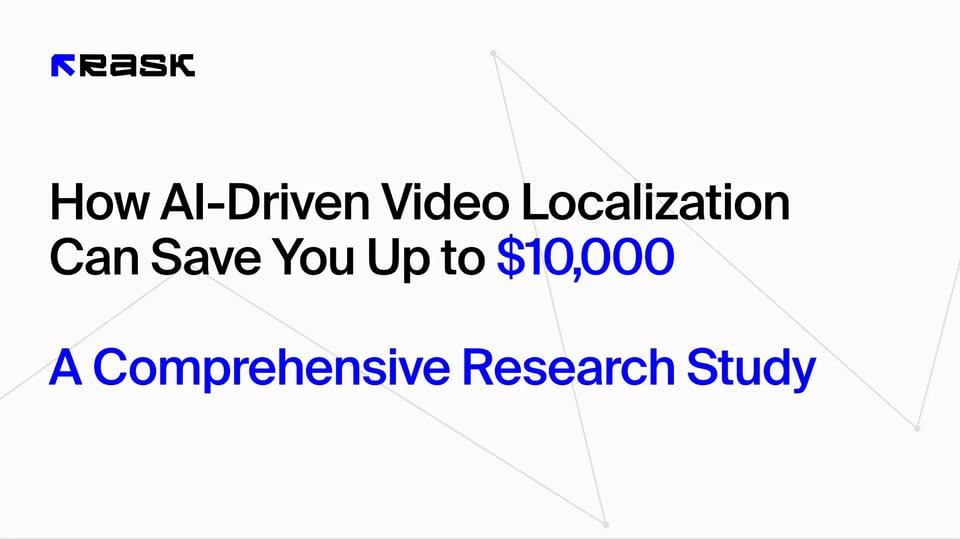
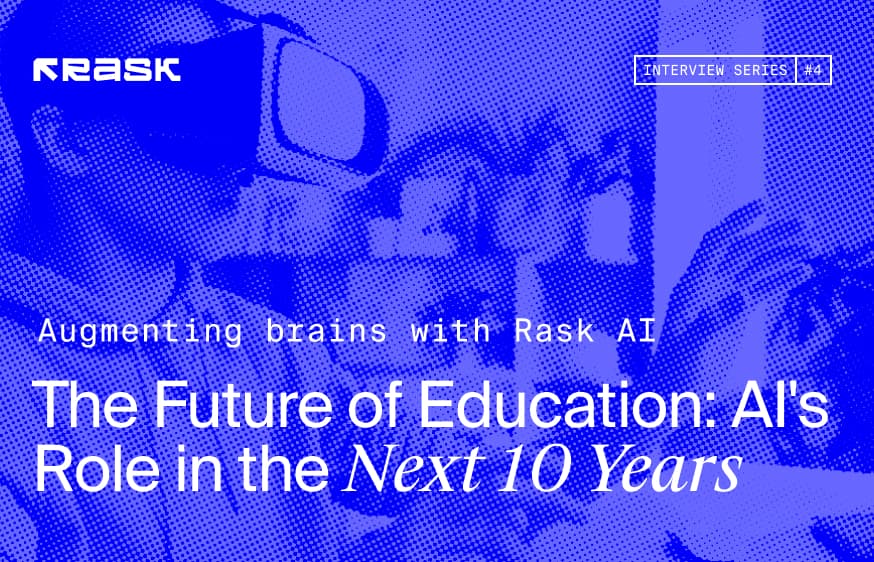
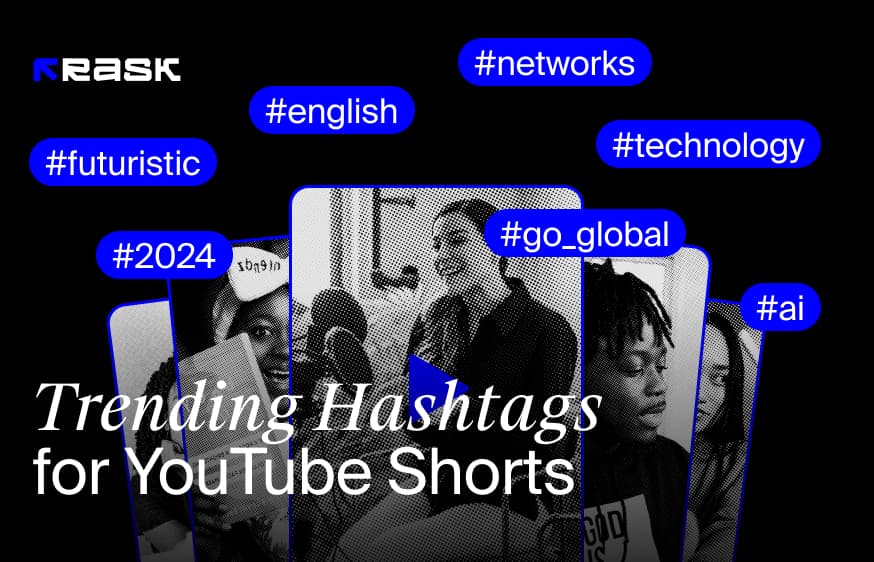
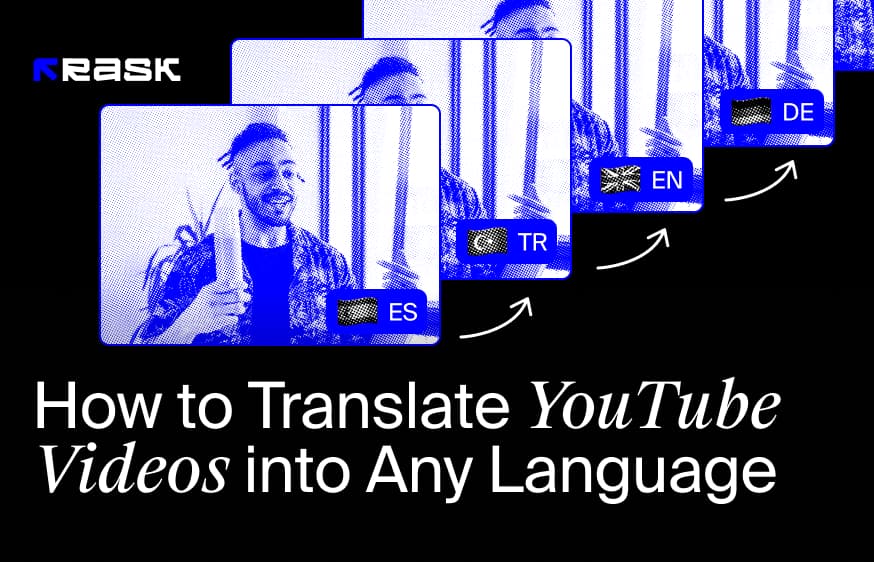
![8 Best Video Translator App for Content Creators [of 2024]](https://rask.ai/cdn-cgi/image/width=960,format=auto,fit=scale-down/https://cdn.prod.website-files.com/63d41bc99674c403e4a7cef7/6668a3dcd3175bd1d1c73c81_Best%20video%20translator%20apps%20cover.webp)
![Best AI Dubbing Software for Video Localization [of 2024]](https://rask.ai/cdn-cgi/image/width=960,format=auto,fit=scale-down/https://cdn.prod.website-files.com/63d41bc99674c403e4a7cef7/66685014f68137eb05c89c16_Cover.webp)
